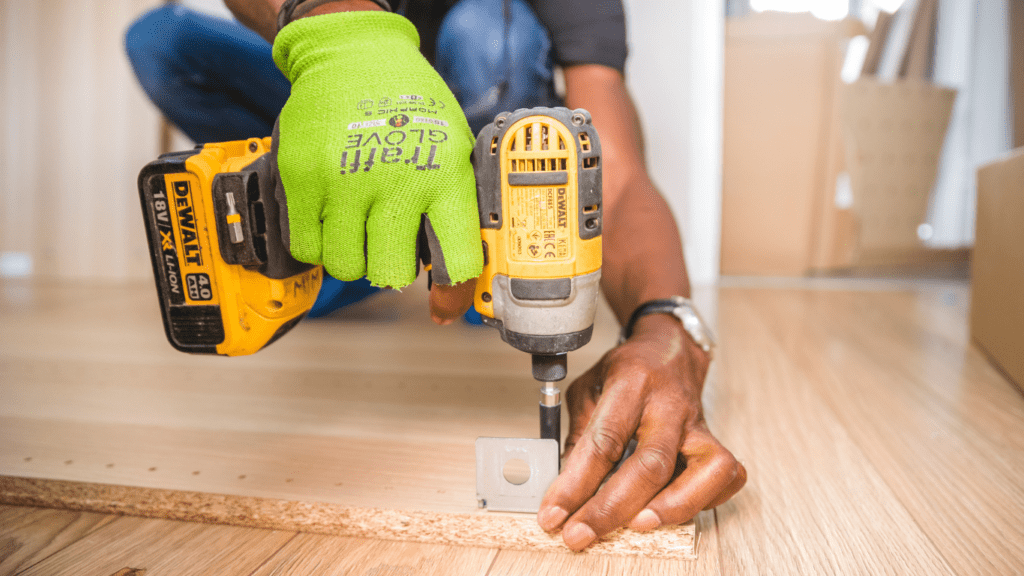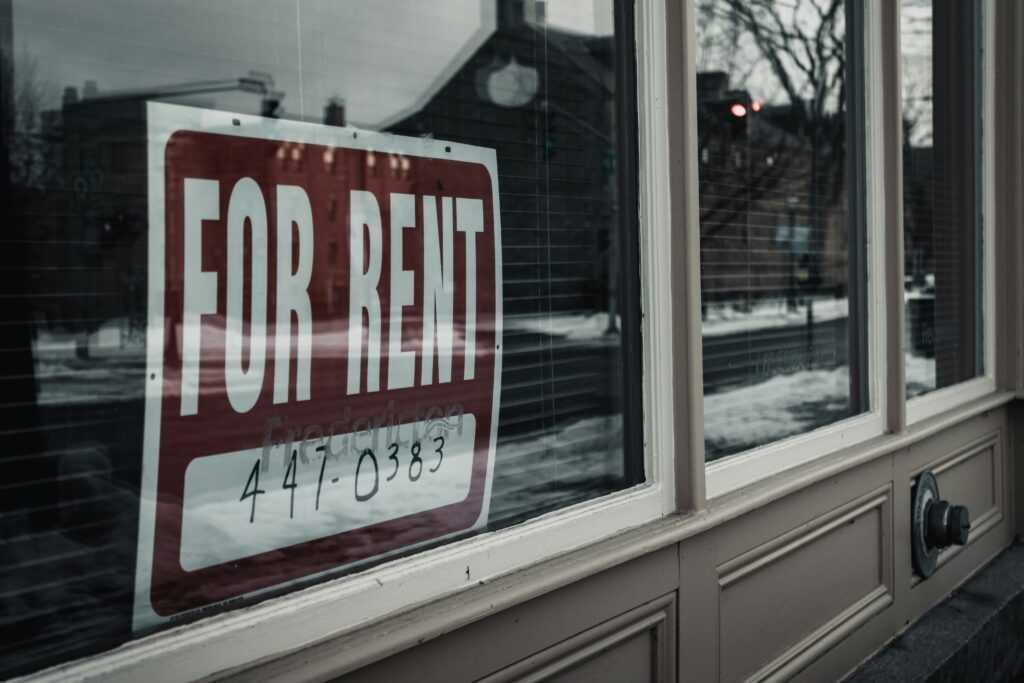As a seasoned property manager, I know the importance of staying on top of maintenance tasks to ensure rental properties are in top condition. Creating a well-structured maintenance schedule is key to preventing costly repairs and keeping tenants satisfied.
In this article, I’ll share expert tips on how to efficiently plan and implement a maintenance schedule for your rental properties. By proactively scheduling regular maintenance checks, you can address issues before they escalate, saving both time and money in the long run.
From routine inspections to seasonal tasks, I’ll guide you through the essential steps to create a comprehensive maintenance plan tailored to your properties’ specific needs. Stay tuned to learn how to streamline your maintenance efforts and provide a safe and comfortable living environment for your tenants.
Importance of a Maintenance Schedule for Rental Properties
Maintaining rental properties is crucial for ensuring tenant satisfaction and preserving the value of the investment. As a property manager, I understand the importance of having a well-structured maintenance schedule in place.
It not only helps in preventing unexpected issues but also contributes to a positive tenant experience. Implementing a maintenance schedule allows me to stay proactive in property upkeep. By conducting regular inspections and addressing maintenance tasks promptly, I can avoid more significant problems that may arise if issues are left unattended.
This proactive approach not only saves time and money but also helps in maintaining the property’s appeal and functionality. A well-maintained property is key to tenant retention. When tenants see that the property is well taken care of, they are more likely to renew their lease, leading to a stable rental income stream.
Additionally, a safe and comfortable living environment enhances tenant satisfaction and fosters a positive relationship between property owners and tenants. Incorporating seasonal maintenance tasks into the schedule is essential for addressing specific needs based on changing weather conditions.
For example, preparing the property for winter can help prevent frozen pipes, while regular HVAC system maintenance ensures optimal performance during the summer months. These seasonal tasks are critical for preventing costly repairs and disruptions in tenant living conditions.
Steps to Establish a Maintenance Schedule
To create an effective maintenance schedule for rental properties, it is crucial to follow these steps:
Assessing Maintenance Needs
When establishing a maintenance schedule for rental properties, I start by assessing the maintenance needs of each unit. By conducting thorough inspections, I can identify any existing issues or potential areas that may require attention in the future.
This initial assessment helps me create a comprehensive list of maintenance tasks that need to be addressed regularly.
Setting Priorities for Maintenance Tasks
After assessing the maintenance needs, the next step is to prioritize the tasks based on their urgency and importance. I categorize maintenance tasks into different levels of priority, such as critical, high, medium, and low, to ensure that essential issues are addressed promptly
By setting priorities, I can effectively allocate resources and plan maintenance activities in a logical sequence, optimizing the overall maintenance schedule.
Tools and Resources for Maintaining a Schedule
In maintaining a schedule for rental properties, having the right tools and resources is essential to streamline the process and ensure efficient management. Here are some key tools and resources that I recommend utilizing:
- Property Management Software: Property management software can greatly assist in organizing maintenance schedules, tracking work orders, and managing property inspections. Platforms like Buildium, AppFolio, or Rent Manager offer features for scheduling recurring maintenance tasks, sending reminders, and documenting property condition.
- Maintenance Checklist Templates: Utilizing maintenance checklist templates can help standardize procedures and ensure no crucial maintenance tasks are overlooked. Templates can be customized to include specific maintenance requirements for different seasons or property types.
- Vendor Database: Maintaining a database of trusted vendors and contractors is vital for quickly addressing maintenance issues. Keep a record of contact information, services provided, and past work history to expedite the process of hiring vendors when needed.
- Calendar or Scheduling Tool: Using a shared calendar or scheduling tool can aid in coordinating maintenance activities with vendors, staff, and tenants. Tools like Google Calendar or Microsoft Outlook can help in scheduling inspections, repairs, and preventative maintenance tasks.
- Maintenance Reporting System: Implementing a maintenance reporting system allows tenants to easily submit maintenance requests online. This streamlines communication, ensures prompt resolution of issues, and maintains a record of maintenance history for each property.
By leveraging these tools and resources, property managers can effectively create, manage, and execute maintenance schedules for rental properties, enhancing the overall property maintenance process and tenant satisfaction.
Tracking and Updating the Maintenance Schedule
To maintain rental properties effectively, it’s crucial to track and update the maintenance schedule regularly. By staying on top of scheduled maintenance tasks, I can ensure that the properties are well-maintained, minimizing unexpected issues and keeping tenants satisfied.
Tracking the maintenance schedule involves monitoring completed tasks, upcoming activities, and any outstanding maintenance needs. I can utilize property management software to log completed work orders, schedule future maintenance tasks, and set reminders for upcoming inspections.
This proactive approach allows me to stay organized and informed about the property’s maintenance status. Updating the maintenance schedule is essential to adapt to changing needs and priorities.
Regular reviews of the schedule help me identify any adjustments required, such as adding new tasks, reallocating resources, or changing task priorities based on emerging issues. By keeping the maintenance schedule flexible and responsive, I can effectively address maintenance needs promptly and efficiently.
Moreover, implementing a system for documenting maintenance activities and outcomes is beneficial for tracking historical data and evaluating the effectiveness of the maintenance schedule. By maintaining detailed records of past maintenance tasks, I can identify trends, recurring issues, and areas that may require additional attention in the future.
Tracking and updating the maintenance schedule is a critical aspect of property management that allows me to proactively manage maintenance activities, address issues promptly, and ensure the overall well-being of rental properties.
By staying organized, adaptable, and data-driven in managing the maintenance schedule, I can optimize the maintenance process and enhance tenant satisfaction.





